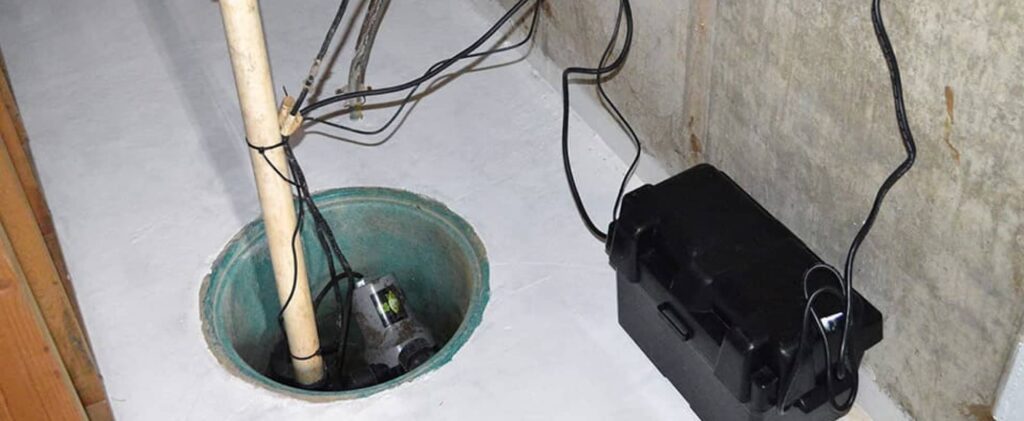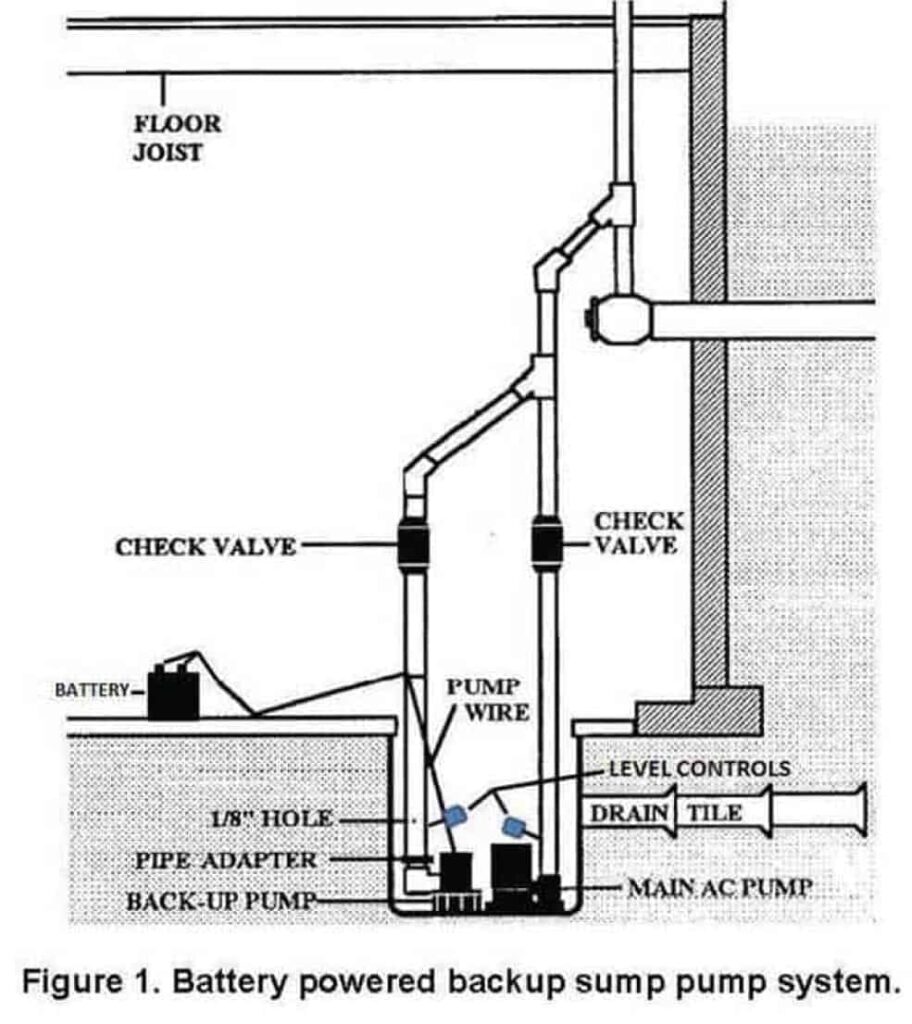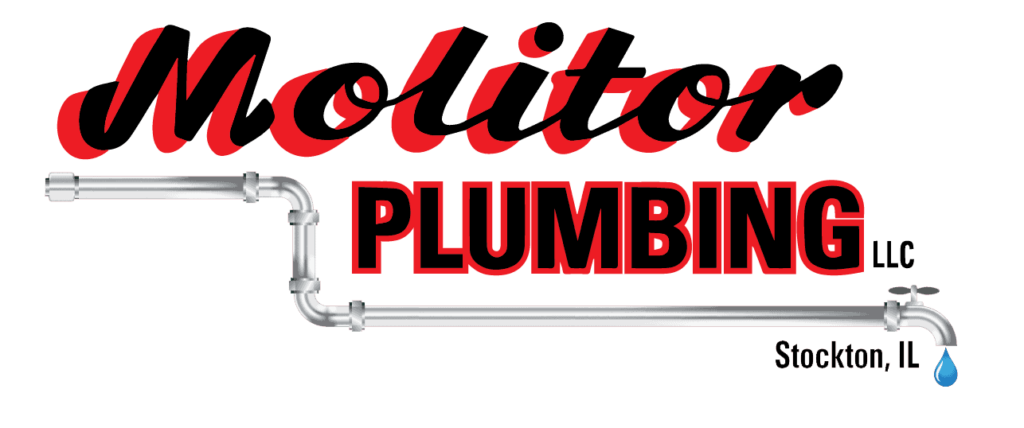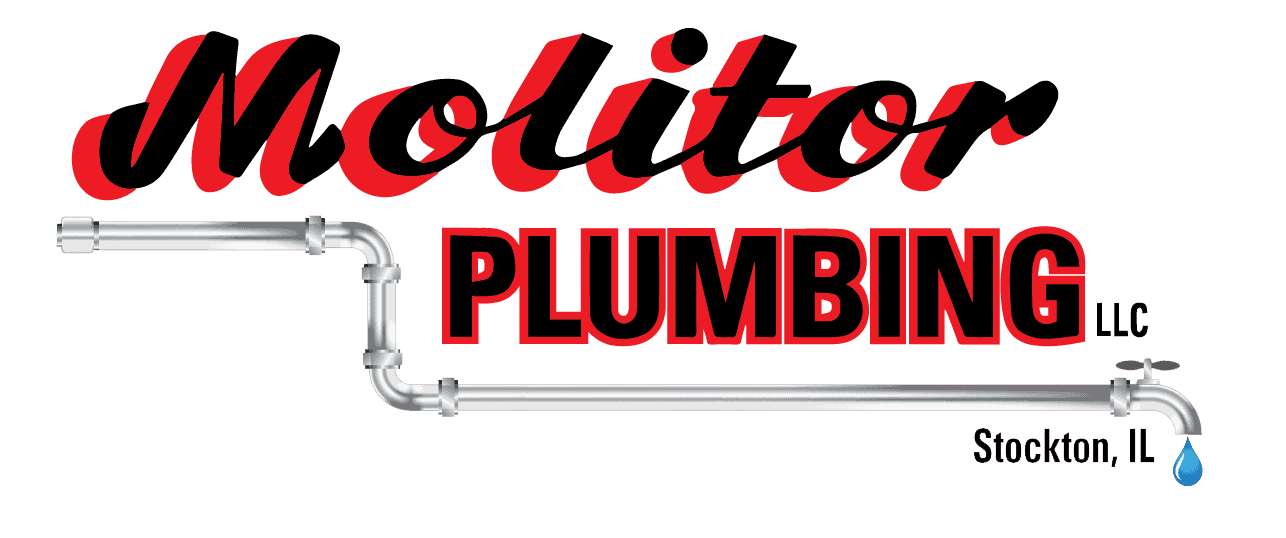Residential Sump Pumps
If you have a finished basement or use it for storage, a laundry room, a furnace, a water heater, or a water softener, the risk of your sump pump not working can be a very expensive experience. If your home has an electric sump pump installed, it’s there for a reason. Your basement is likely susceptible to moisture or flooding during heavy rains or melting snow.
Sump pump maintenance isn’t on most homeowners list of appliances to be periodically inspected. Don’t wait until you’re away from home or sound asleep during a storm to discover the pump isn’t working properly! Contact Molitor Plumbing today to schedule an inspection.
What do our Residential Sump Pump services include?

Sump Pump Limitations
Many homeowners believe their sump pump will do the job of removing water under any weather conditions. However, in the event of a power failure during a storm, your sump pump won’t work. The pump can also fail due to mechanical problems or become clogged with debris. A battery-operated emergency backup sump pump can save the day when the primary pump fails. In other words, as a last line of defense, it’s a necessity.
A battery backup sump pump is not a battery hooked up to your primary pump. Properly installed, the backup pump is placed adjacent to the primary, electric pump in the same sump basin (see photo). The backup pump is normally plumbed into the primary discharge pipe and runs on a quality 12-volt DC battery (see diagram).
In all the backup systems we install (see photo), a battery alarm will sound to let you know if the primary pump has failed or the power is out. Another valuable advantage of a backup pump is that it will also run as an assist, if the primary pump is overwhelmed with the amount of water pouring in during a very heavy rainstorm.


